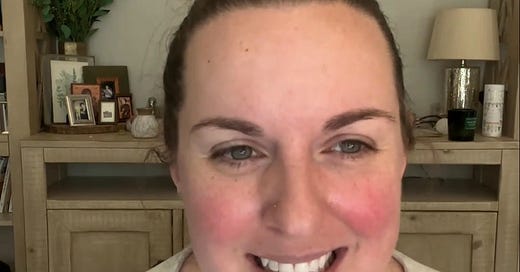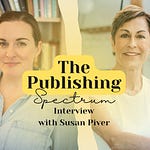For those of us building something intentional on Substack — something with roots, resonance, and revenue — data is not optional. It’s essential.
But even for data-fluent creators, there are moments when the numbers feel... unclear. Contradictory. Or out of sync with the deeper pulse of what we’re creating. That’s what this livestream explored: not whether we should use data, but how to navigate the moments when strategy and intuition offer different signals — and how to stay centered through it.
I shared a personal story about the early messages many of us receive around creative expression — and how those shape the way we relate to visibility, performance and publishing today. Not to suggest we avoid data, but to name what sometimes lives underneath our reactions to it.
The core of the conversation wasn’t about ditching dashboards — it was about how to keep creative clarity alive while working inside the ecosystem of insights Substack provides.
Because when you’re building a publication with real stakes (and a real business model), you can’t afford to ignore what’s working. But you also can’t afford to lose the creative instincts that got you here.
A Somatic Practice to Stay Grounded in Your Creative Center
One of the tools I shared is a body-based practice I’ve developed over the past three years called somatic signaling (at the 13:30 mark) — a way of staying attuned to your creative instincts while engaging deeply with data.
When the numbers feel mixed, or when my own clarity is clouded by noise, comparison or complexity, this is the practice I return to. It’s not about bypassing the dashboard. It’s about integrating it — reading the data and the body at the same time and making decisions that serve both the publication and the person behind it.
The Main Takeaways
Data isn’t in conflict with creativity — it becomes more powerful when paired with intuitive clarity.
Sometimes it’s not the numbers, but our relationship to them that needs reflection — especially if early messages around expression still linger.
Somatic signaling offers a grounded, repeatable way to reconnect with your creative instincts when making strategy-aligned decisions.
Not all data leads to the same conclusion. Reading relational patterns in your numbers is more useful than chasing “perfect” outcomes.
Momentum happens when creative authority and strategic insight move in step — not when one overrules the other.















Share this post